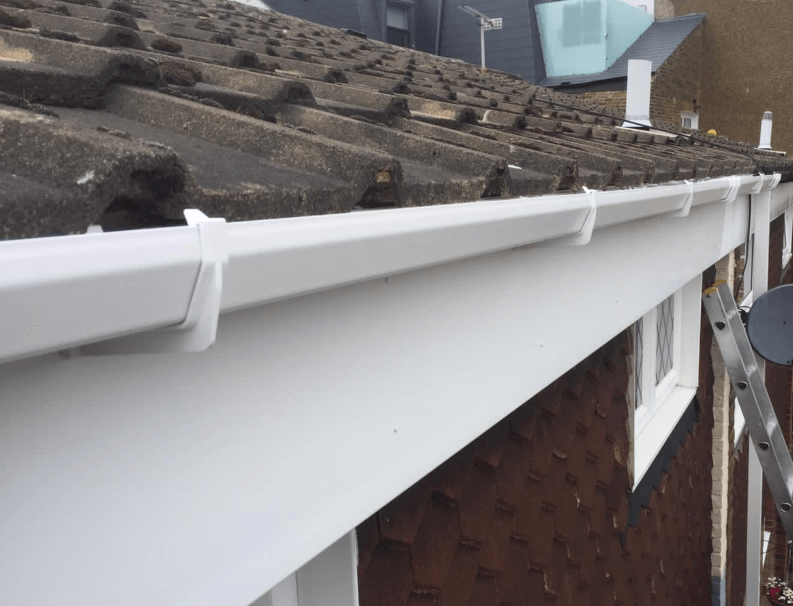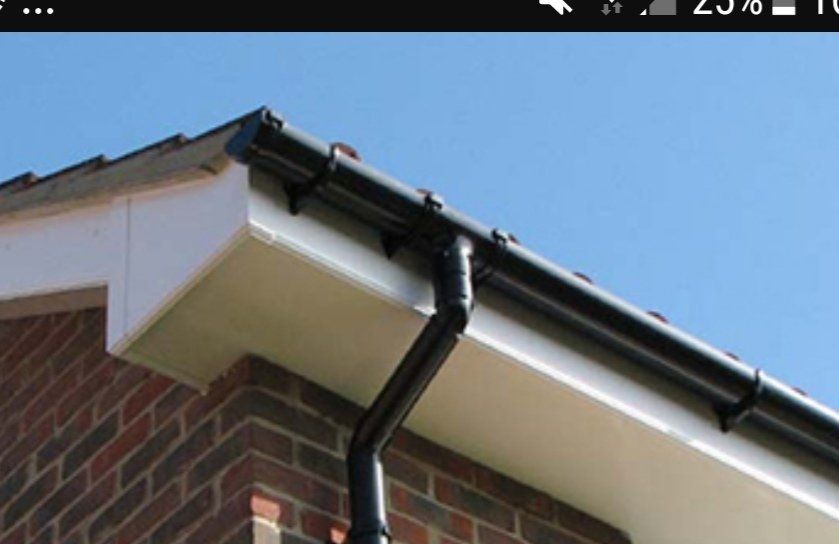Preparing Your Roof for the Autumn: Essential Maintenance Tips for Nottingham Homeowners
JTB Roofers Nottingham advise that as the summer sun begins to wane and the vibrant hues of autumn start to paint the Nottingham landscape, it’s the perfect time to give your roof some much-needed attention. The transition from warm, dry weather to cooler, wetter conditions can put your roof to the test. To ensure your roof remains in top shape and protects your home throughout the autumn and beyond, follow these essential maintenance tips tailored for Nottingham’s unique climate.
1. Inspect Your Roof for Damage
Autumn weather in Nottingham can be unpredictable, with increasing chances of rain and wind. Before the season truly sets in, conduct a thorough inspection of your roof from the ground with binoculars if possible. Look for:
- Missing or Damaged roof tiles: High winds and heavy rains can dislodge or damage shingles. Replace any that are missing or compromised.
- Cracked or Broken Tiles: In Nottingham, where frosty weather can follow rain, cracked tiles may become a bigger issue. Check for any damage and replace tiles as needed.
2. Clean and Clear Your Gutters
With autumn comes falling leaves, which can easily clog your gutters and downspouts. Clogged gutters can lead to water overflow, causing potential damage to your roof and home’s foundation. Follow these steps:
- Remove Debris: Have a professional roofer clear leaves, twigs, and other debris from your gutters.
- Flush the System: After removing visible debris, use a garden hose to flush out any remaining particles and ensure water flows freely through the downspouts.
3. Check and Maintain Flashing
Flashing is critical for preventing water from seeping into your home at roof joints and chimneys. Inspect the flashing around:
- Chimneys: Ensure there are no gaps or signs of rust.
- Ventilation Pipes: Check for any signs of damage or wear and replace any faulty components.
4. Inspect Attic Insulation and Ventilation
Proper insulation and ventilation in your attic can help prevent ice dams and moisture issues, which are important as temperatures drop:
- Check Insulation: Make sure your attic insulation is evenly distributed and free of gaps. Proper insulation helps maintain consistent indoor temperatures.
- Ensure Ventilation: Verify that your attic ventilation is working correctly to prevent moisture buildup and promote airflow.
5. Trim Overhanging Branches
Overhanging branches can pose a risk to your roof, especially as the wind picks up in autumn:
- Trim Trees: Prune any branches that are close to or touching your roof to reduce the risk of them breaking off and causing damage.
6. Address Moss and Algae Growth
Moss and algae can thrive in the damp, cool conditions of autumn. Regularly inspect your roof for these growths, especially on shaded or north-facing areas:
- Clean Affected Areas: Have a professional roofer gently remove moss and algae. Consider installing zinc strips to help prevent future growth.
7. Prepare for Winter
ln autumn, preparing for winter can prevent last-minute issues:
- Check Roof Structure: Ensure that the overall structure of your roof is sound and can withstand winter conditions.
- Review Your Insurance: Double-check your homeowner’s insurance to ensure it covers roof damage due to severe weather.
Conclusion
Taking these proactive steps will help ensure that your roof remains in excellent condition throughout the autumn and winter months. Regular maintenance not only extends the life of your roof but also protects your home and gives you peace of mind. If you’re unsure about any aspect of roof maintenance or need professional assistance, don’t hesitate to contact a local roofing expert in Nottingham.
By staying ahead of potential issues, you can enjoy the beauty of Nottingham’s autumn season without worrying about the state of your roof.
You might also like



